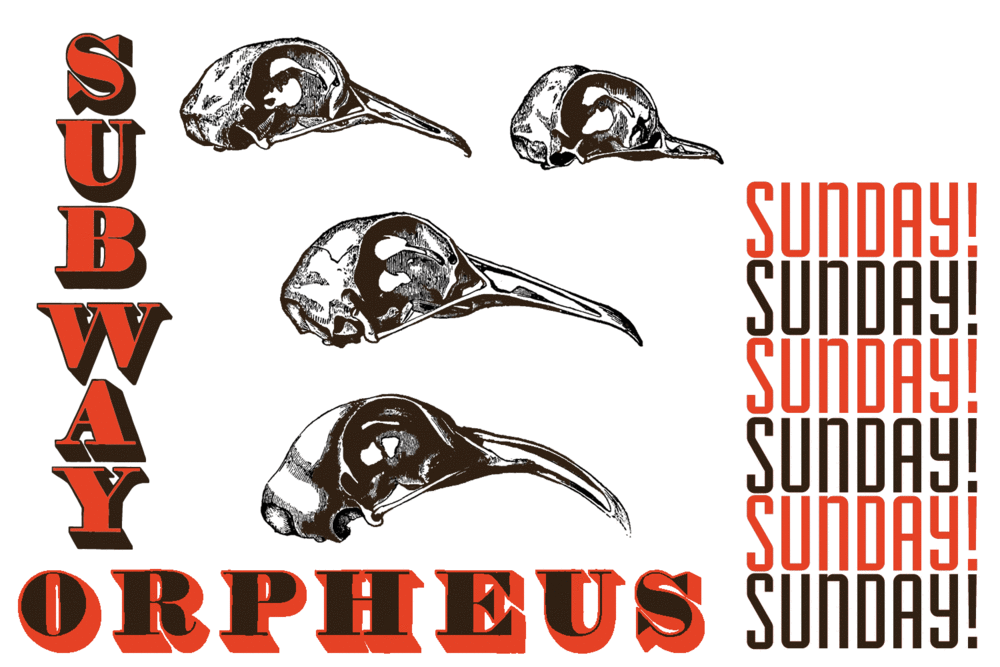Paper Title- Street Corner Society: Mobility, Myth, and Site
Panel- Performing Mytho-Histories
From my introduction:
Boston’s emerging theatre collective Street Corner Society specializes in ritualistic, site-specific performance pieces that “create uniquely American adaptations of classic literature, ancient myths, and historical hearsay.” In No Ghost, the company turns Pu Songlang’s eighteenth-century collection of supernatural tales, Strange Stories from a Chinese Studio, into a roaming series of radio performances in suburban laundromats. This fall, the company adapted Elie Wiesel’s seminal holocaust memoir Night into a mobile series of pagan rituals and hayrides in the woods, beaches, and farms that surround Robert Wilson’s Watermill Center. But the company is most widely known for their genesis piece, Subway Orpheus, which reimagines a modern Orpheus journey inside Boston’s subway system. Spectators, brought into the subway by a mysterious telephone call, spend hours traveling through the city’s underground network, encountering performers and scenic elements in train stations, abandoned platforms, and even on moving subway cars themselves.
This study will primarily focus on Subway Orpheus, though elements of other Street Corner Society pieces will be explored. I hope to examine how a constantly moving performance space modifies and complicates existing conceptions of site-specific and site-sympathetic performances. Rather than parading around a courtyard or town square from wagon to wagon, as in the tradition of medieval pageant plays, or exploring a fixed, indoor installation space, as in Sleep No More and other works by the British-based theatre company Punchdrunk, spectators in Street Corner Society performance pieces are sent on sprawling physical journeys across entire cities or suburban regions. First, this study will explore the methodological challenges presented to scholarship by a piece like Subway Orpheus. How does this work complicate the existing theoretical framework for both traditional theatrical performances and site-specific installations? Finally, this study will utilize the work of Michel de Certeau and Erving Goffman to investigate the unstable liminality of Subway Orpheus and the spaces and people it brings together. How does the piece facilitate and negotiate the point of contact between spectators embarking on an artistic journey and commuters simply heading home? What are the consequences when the social contract of the moving subway car is ruptured by a performance event?
Image courtesy of Street Corner Society
